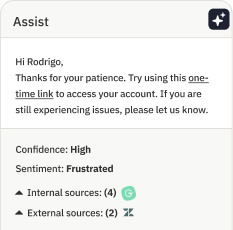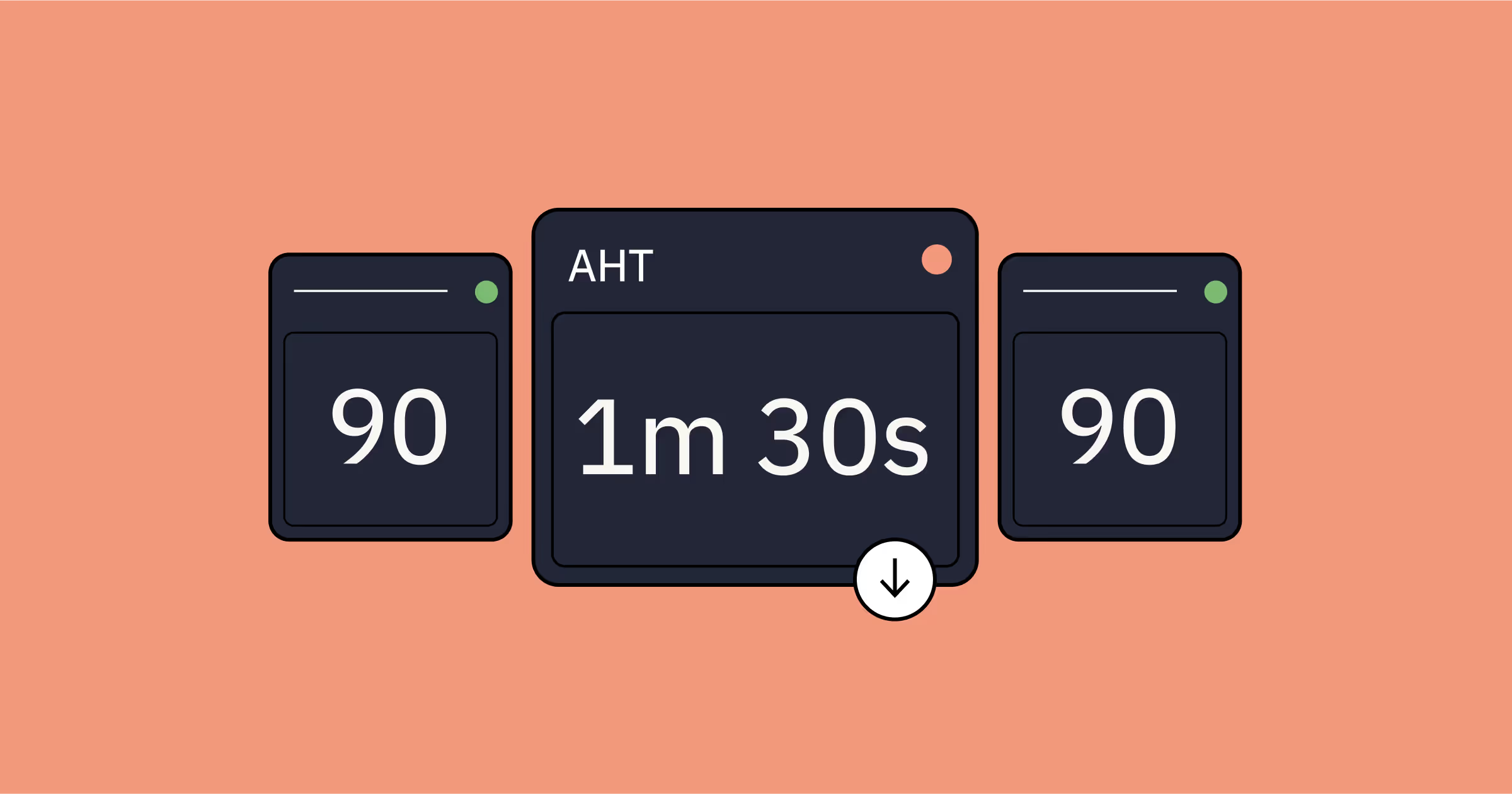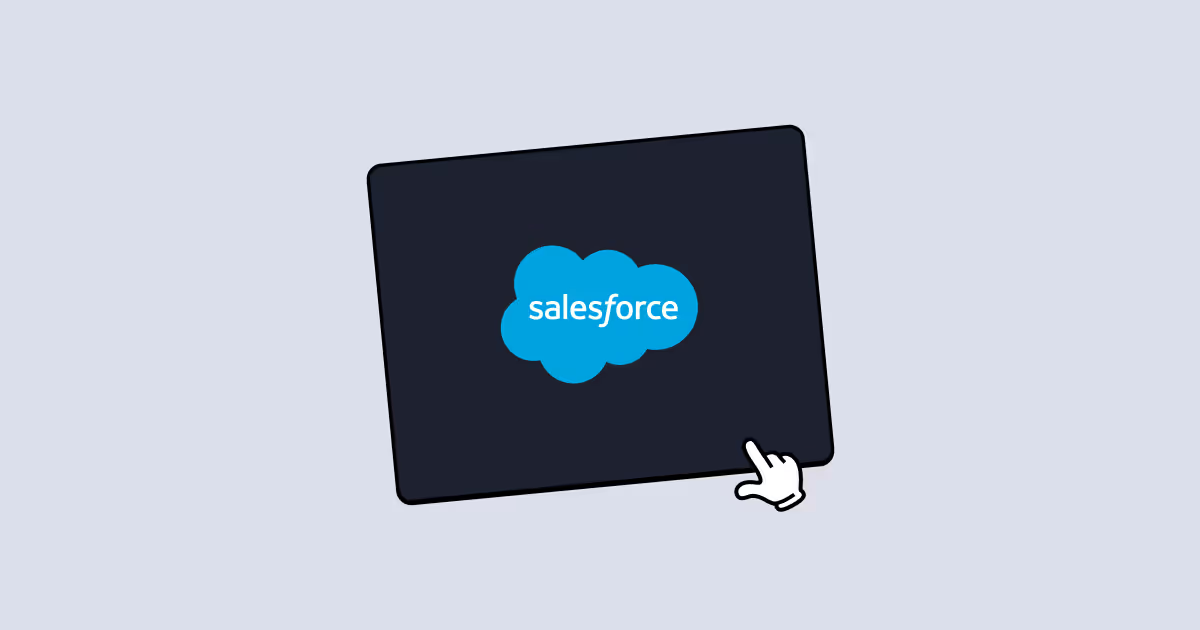Customer Service Productivity Metrics - Assembled

Customer Service Productivity Metrics
In the world of customer service, it is important to keep a close eye on the performance of the department and agents. While it is possible to simply eyeball the workforce or implement simple check-in meetings with staff and see how they are doing, it is always better to have objective numbers and data that can tell you just how well the department is doing.
It is important to specifically measure productivity because unless you take the time to measure the productivity of the department, you will not be able to figure out if you need to make changes, adjust staffing levels, hire more people, or adjust the call center template or script. Therefore, it is important to know about a few common customer service productivity metrics.
One of the most important metrics that everyone has to know is the volume of calls that come into the call center. Simply put, the volume of calls refers to the number of calls that arrive at the call center in a given time. You might measure this volume in terms of the number of calls per day, per hour, or even per week. You need to know how many calls are coming in because you need to be able to track if you need to hire or schedule more agents. Furthermore, your calls might vary in a seasonal manner as well. If you can predict this spike in demand in advance, then you can plan accordingly and add more agents at certain times of the year.
Another important metric to measure if you are looking for ways of measuring productivity in customer service is how long it takes your agents to resolve calls. When customers call in, the last thing they want to do is wait. If they aren’t able to wait, this could lead to a lost customer. So, how can you shorten the wait times for customers? You can train employees to resolve their calls faster. The only way you will know if this is an issue is if you are tracking and monitoring how long it takes to resolve phone calls. The call resolution time might vary depending on the department; however, this is another important way that you can measure the productivity and improvement of the call center. These are just two of the many metrics that you need to keep in mind.
Customer Service Performance Metrics
Performance metrics are very different from simple productivity metrics. In the world of customer service, it is important to think about not just blowing through calls but also resolving the complaints and concerns of customers correctly. This is where customer service performance metrics are critical. When you think about “how to measure customer service performance,” There are two prongs to look at. While the number of calls handled is certainly one of the key issues that you need to measure, you also need to make sure the customer is happy with the result. After all, keeping customers happy is the main goal of customer service.
One of the most direct ways that companies can measure this is by taking a look at the customer satisfaction score. Simply put, this is a score that customers leave at the end of the call. It simply asks the customer to rate whether or not they are happy with the performance of the agent and the resolution of the call. Agents who have high scores in this area should be rewarded and looked to as an example. On the other hand, agents who might not have high scores might need to help to handle some of their calls. Of course, keep in mind that there could be some sample bias. You need to know if customers are more likely to leave scores when they are happy or angry. In addition, the customer might not be happy with the call for reasons that have nothing to do with the agent. Therefore, it is important to take these scores and compare them against an average rating on an agent by agent basis.
It can take time to compile customer service performance metrics and there are many technical solutions that can help automate the gathering of data. It is also helpful to have a support metrics dashboard to provide a visible representation of the data to accurately interpret into actions. Typically this dashboard shows all of the relevant customer service performance metrics for agents in real-time. This can help managers make decisions regarding whether or not they need to speak with certain agents, adjust their staffing needs, or institute more training and resources if they notice a theme. This dashboard can be very helpful in the world of customer service.
Customer Experience Metrics
It is important to think about the customer experience as well as how the agents are doing. After all, the goal of customer service is to create a positive experience for the customer. When it comes to how to measure the customer experience, there are a few ways to do exactly that.
One of the most important customer experience analytics is the average wait time of the customer. When customers call into a call center, they do not like to be kept waiting. They want to make sure their concerns are handled quickly. If customers are waiting a long time, this is a sign of poor customer experience.
In addition to directly measuring the customer satisfaction score (which can be an accurate reflection of the customer experience), it is also a good idea to take a look at how often calls are resolved on the first contact. If a customer has to call back again to ask for help, this is a sign of poor customer experience and it needs to be addressed. If customer concerns are handled without the need to call back days, weeks, or months later, then this is a sign of a positive customer experience.
These are a few of the most important customer experience metrics that have to be considered. In the world of customer experience analytics, it is important to take a well-rounded approach to this issue and make sure that both agents and customers are taken care of.
Customer Service KPIs
For those who might not know, a customer service KPI stands for a key performance indicator. These are metrics that are closely tied to the overall performance and goals of the call center. When thinking about KPIs for the customer service call center, there are a few major ones to know.
One of the most important KPIs for a customer service call center is the average call resolution time. The faster calls are resolved the better. There are a lot of people who are calling in asking for help. If calls take a long time to get resolved, this increases the wait time for other customers. Therefore, average call resolution time is one of the most important KPIs in a customer service call center.
Another important KPI in a customer service call center is the escalation rate. Now, this KPI is often overlooked; however, it is very important. This is a reflection of how many calls are able to be handled by the agents on their own without asking for help from more advanced or technical agents. If there is a high escalation rate, this could be a sign that an agent might not know how to resolve certain issues or trained appropriately. A trend that a lot of calls are being escalated could be a sign of a larger issue.
These are a few of the most important customer metrics KPI. It is important to track progress towards KPIs in a customer service call center because this helps the managers see how the call center is doing as a whole.
Customer Success Metrics
Customer success metrics are different from the other metrics discussed so far because most of the other metrics have focused on the performance of agents. While we did look briefly at the customer experience, metrics in the world of customer experience look at the customer as a snapshot in time. In contrast, customer success metrics take a much broader approach to customers as a whole, and throughout their timeline engaging with your product or service.
Some of the most important customer success metrics include the customer health score, the net promoter score, the customer lifetime value, and the customer retention cost. In addition, first contact resolution rate is also included in this profile in some industries. The goal of customer success metrics is to quantify the cost it takes to retain customers long term, how much revenue the customer is generating for the business, and whether the customer is pleased with their experience with the company.
Customer Service Metrics
When it comes to customer service metrics, there are a few key measures that need to be considered. The process of how to evaluate customer service might vary from industry to industry; however, it is helpful to use a customer service metrics calculator or other software to help collect and analyze. Some of the most important metrics that indicate good customer service includes a quick average reply time, a low ticket backlog, a high customer satisfaction score, and a high first contact resolution rate. These can also be used as customer service incentive metrics because these statistics can be used to award bonuses to agents with good numbers.
To help manage all this data and complexity, the world of customer service benefits greatly from the use of critical software programs. For example, if there is a trend that lots of employees are seeing their call times rise, it may indicate something that needs to be communicated with other departments like sales, marketing, or product development. At the same time, if there is one employee who appears to be doing better than the others, that employee might be able to help others improve their scores as well. Overall, it’s the tracking of these metrics that is important. You can’t improve on what you aren’t measuring
Related links:
https://www.assembled.com/the-essential-workforce-management-glossary
https://www.assembled.com/page/customer-service-monitoring-tools
https://www.assembled.com/page/customer-service-software
https://www.assembled.com/page/call-center-agent-performance-scorecard




